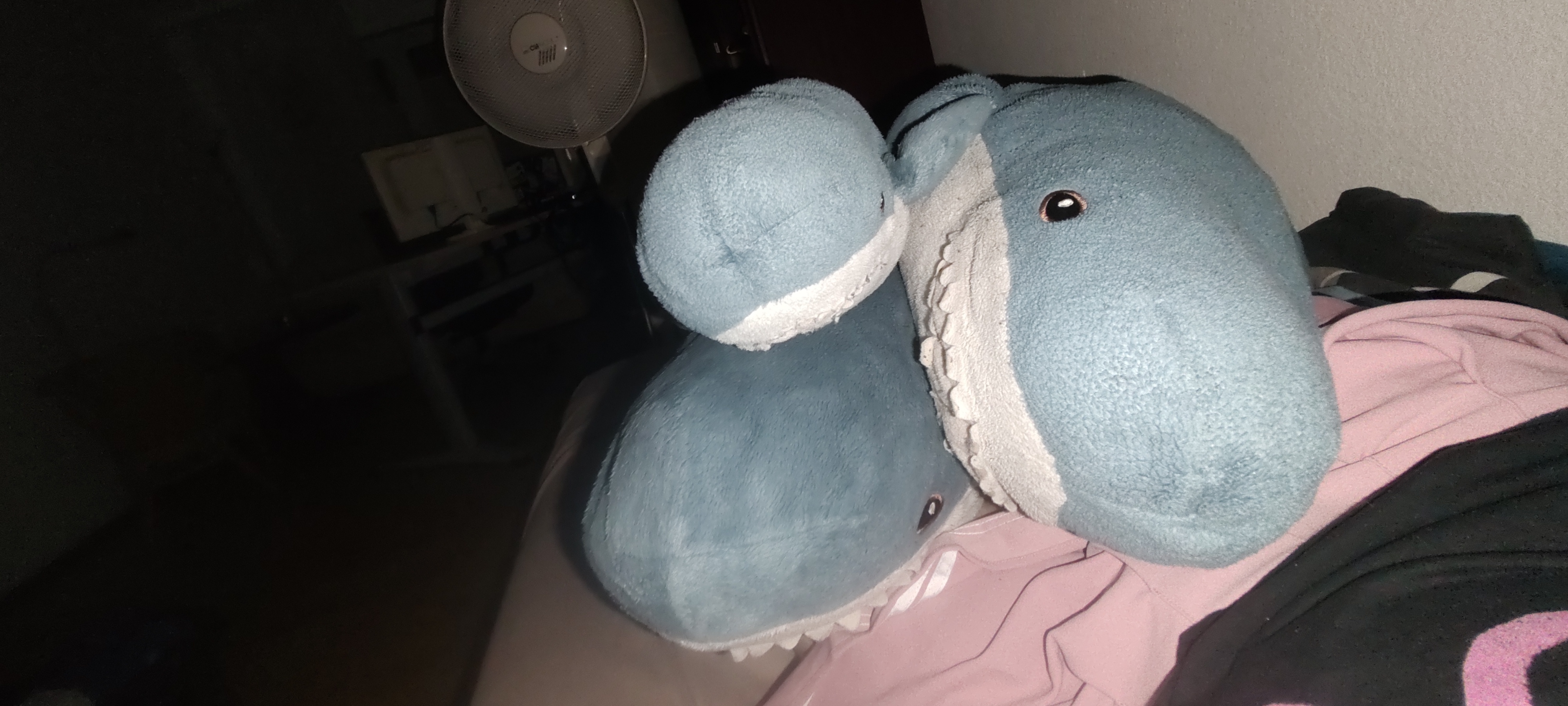For me, my high bar that I have yet to beat, was the time I pivoted the running OS (ubuntu) into RAM over SSH so I could unmount and image the boot drive without rebooting and loading a live USB (Which would have required a ticket with my provider to enable IPMI)
Not quite as impressive, but I somehow fucked up something with my bootloader lately and couldn’t boot anymore into my main drive. Loaded up a live usb stick and made a new ESP partition, arch-chroot and grub-install/grub-makecfg and it worked again.
Yes, I just followed a guide, but I am still fascinated this just worked on the first try.
I used the aircrack-ng tools to capture wep packets and decrypt my neighbors WiFi because I was broke and needed internet to study back in college…I was a total noob (still am) and when I saw the password in the terminal I felt like I was a total hackerman. It was great!
Once upon a time I was installing Linux on a tiny little laptop, whose brand name I’ve forgotten. It was probably a Lenovo. Anyway, it was extremely difficult to install anything on it, and they went to great lengths to make sure no one would be able to install Linux on it. I spent an entire day messing around with the grub terminal, and began to suspect that it had a built-in cut off for the USB port during boot. I think I saw some log output to that effect, but I couldn’t find any way to disable it. After some thought, I got back in grub, unplugged the USB stick that I was installing Linux from, and plugged it back in. The laptop detected and mounted the external drive and I tried to install again.
Worked perfectly.
If you have binary that is hardcoded to look for some files/libs in a certain path, you can overwrite that path with
seddirectly lol. You just need to make sure to keep the string length the same.sed -i s|/usr|././|gwill change/usrfor the current working dir for example.In the early 2ks, computer were ugly grey box with noisy fan and a hard drive that gave the impression a cockroach colony were trying to escape your case. I wanted to build a silent computer to watch Divx movies from my bed, but as a broke teen, I just had access to disposed hardwares I could find there and there.
I dismantled a power supply, stuck mosfets to big mother fucking dissipator, and I had a silent power supply. I put another huge industrial dissipator on CPU (think it was an AMD k6 500Mhz) and had fanless cooling. Remained the hard drive.
Live CD/USB weren’t common at that time. I’ve discovered a live CD distrib (I think it was Knoppix) that could run entirely from RAM.
I removed hard drive, boot on live distrib, then replace CD by my Divx and voila.
Having a fanless-harddriveless computer was pure science fiction for me and my friends at that time.
That this worked when I did it in 2006:
wine ~/.wine/drive_c/Program\ Files/Warcraft\ III/Frozen\ Throne.exe -openglYet in 2025 w3c is a pain in the ass
Wine still feels like magic in 2025
Yes! It used to be so hit or miss with Wine, but I played WoW in it around the same time and it was crazy that it worked (at least most of the time).
Recovered a legacy COBOL 911 dispatch system after the hard drive containing the root filesystem died, which wasn’t RAID protected at all and had no complete backups except for a few days prior when I started running daily rsync backups out of paranoia because the idiot dipshit sysadmin who set it all up left the company to work directly for one of our customers.
Thankfully the data volume was RAID protected and didn’t die so the critical data was pretty much all there ready to go again after some rebuilding of shit.
Still, took 15 hours to recover. Was a RHEL 4 system when RHEL 6 was current, and we had no way of obtaining the install media or licensing, so I dug up an archived CentOS 4 iso and installed from that, and got stuff working mostly just by copying various files from backup.
Fucking nightmare come true. Drive crashed at noon and we didn’t go home until about 4am.
Moving from old to new Laptop by piping /dev/sda3’s content through netcat and into /dev/nvme0n1p3
How did you do it? Did you run a live distro on the new laptop to receive and overwrite the SSD ?
Livebooted (Arch) on both, I think you can even remove the install media after it copied itself to RAM, though I’m not sure (especially with Ventoy in between).
Piped the ps2 usb camera /dev/video0 to nc. Reverse port fwd’d to my router 200 miles away, and got vlc 200 miles to connect to that port and it worked. No rtsp or server required
And now we have a new streaming service 🤔 Really nice.
I was thinking that by now, we should have enough bandwidth to stream webcams straight to each other without HLS or WebRTP or whatever. Just make the device available over a port or, as you did, cat it to another PC and voilà. Actually, why don’t we stream raw camera feeds?
Most devices will give you the latest frame on a read essentially. VLC accepts a tcp:// address and interpreted it correctly somehow. The raw bandwidth on the potato 320x240 or whatever was peanuts, but even if you didn’t get all the frames per second the device will discard old frames and you got the latest frame anyway. So pretty cool indeed. Doesn’t really multicast though. For that I suppose you could netcat to local multicast address and then connected to that same address, but I’ve never tried it. VLC may not receive the headers that a read may open with would be my suspicion
scp
I’m never using a flash drive again.
especially nice when you get path completion on the target server :D
Note: to do this you have to have your public key on the remote server
Next step: rsync, because it lets you resume.
When the network printer suddenly started printing the picture my kid had drawn in tux paint without me having configured the printer on their PC.
You might actually be a wizard lmao
The real wizards are the folks who made KDE’s printer integration. Or maybe CUPS.
I’ve you ever looked at CUPS code? Forget wizardry, it’s straight up Eldritch lore in typed form.
I used to be a build engineer at an enterprise Linux company that built custom Linux distributions for various device manufacturers.
I built a whole build automation system that used what would be the equivalent of a Docker container for the build system, and it was distributed across the whole company to make simultaneous build in parallel and a system that would check how many build systems were in use or available with a queueing system.
All written in Bash, Perl and Python.
The first time I learned about PDFGrep, I was able to track down a purchase order that would have taken hours otherwise.
mdadm
Installing Linux on the Nintendo DS (https://www.dslinux.org/) was pretty impressive for me.










